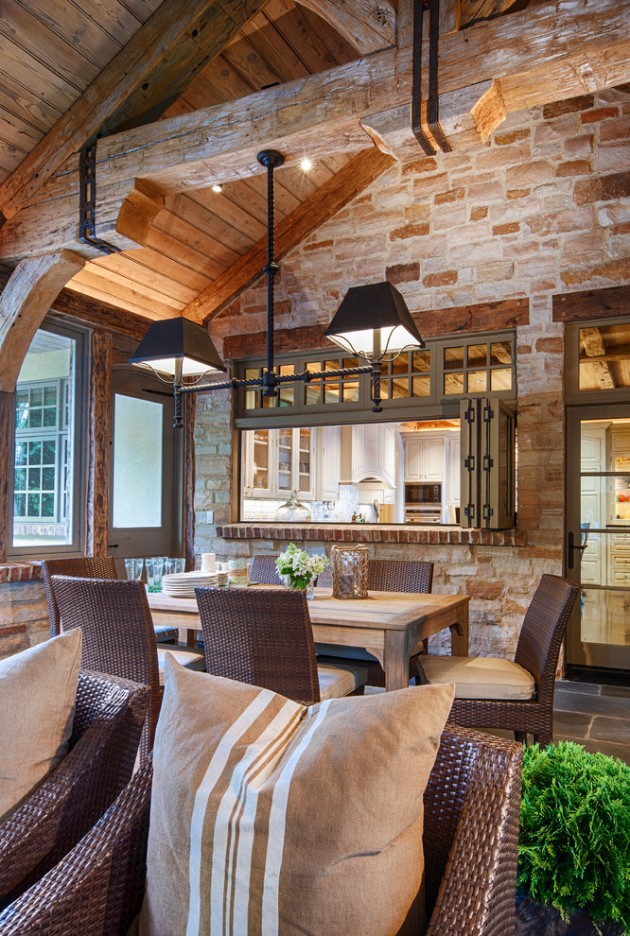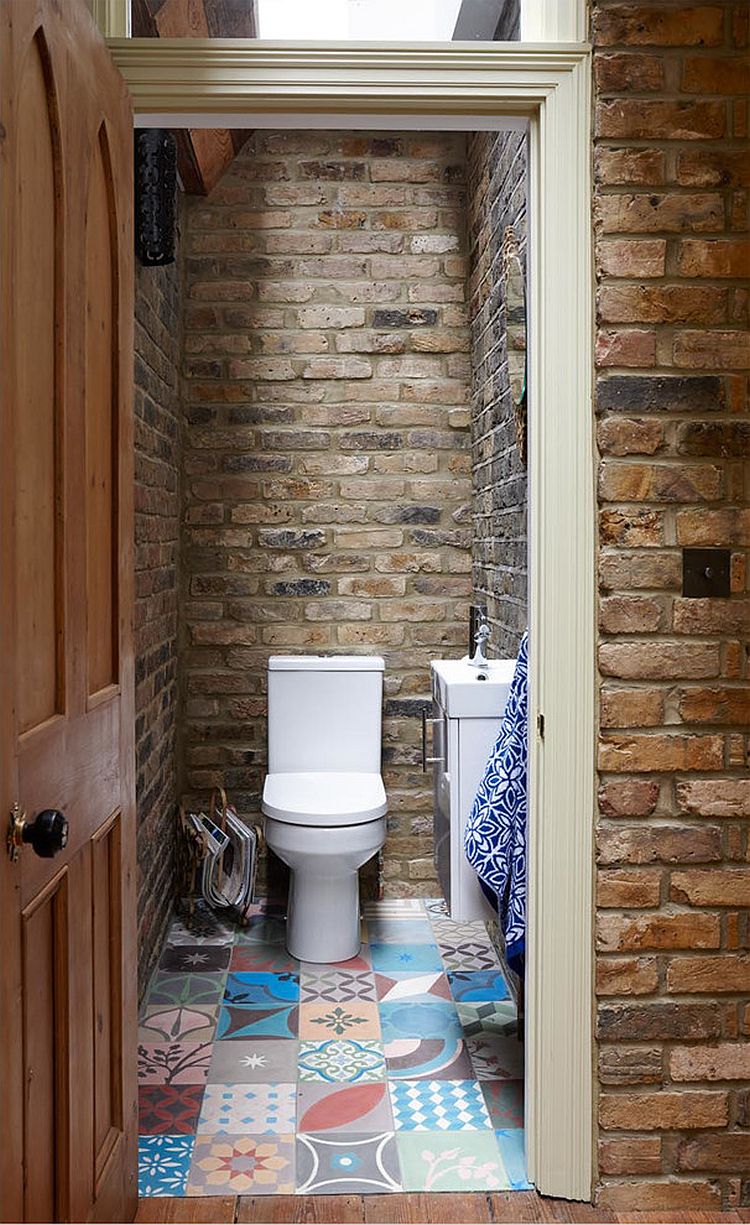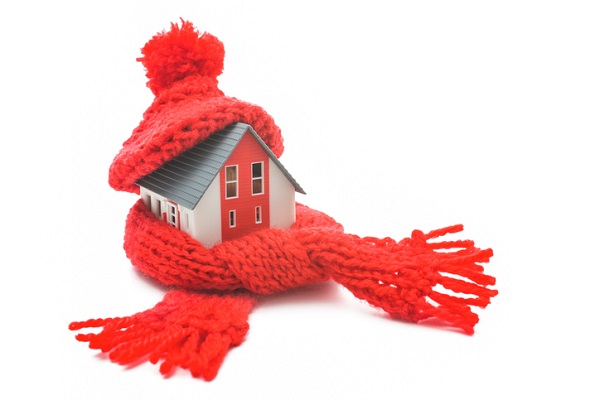Table of Content
The Smart Home Insurance Market Research provides you with in-depth research data on the Smart Home Insurance and the market trends. The report also covers Market Research, Advertising, and Marketing Campaign of Smart Home Insurance Market Players. Our extensive report repository is constantly updated to meet your changing industry analysis needs. The increasing customer preference for video doorbells, voice-assisted technologies , and surveillance systems is predicted to drive the Smart Home Market's growth.
In addition, buyers are concerned about defective items sold through online channels and the difficulty faced while returning procedures on online platforms, driving revenue growth of the segment. Within the products criteria, the entertainment segment is expected to lead this market during the forecast period. Moreover, with the COVID-19 impact, multiple energy management software providers extend their services beyond energy management systems by building health assessment solutions. One such example is Honeywell, which launched an integrated set of solutions to help building owners improve the health of their building environments, along with energy efficiency. These solutions further help building owners operate more cleanly and safely and also comply with social distancing policies. Moreover, reducing IoT sensor costs is also expected to result in OEMs offering products for a more competitive and lower price, which could indirectly impact the HVAC equipment market.
Information & Communications Technology
Homeowners can now purchase smart devices for entertainment, home intelligence, comfort , access control, energy efficiency, connectivity, safety, wellness, and daily tasks. The intelligent assistant, a product of advances in artificial intelligence and voice technology, is now a workable control center for the connected home. North America is expected to hold the largest market share during the forecast period. This growth is backed by the strong presence of major players, including Crestron, Amx, Honeywell International Ltd., and Control4 Corporation, operating in this market. Also, factors such as the increasing adoption of core communication technologies, namely Wi-Fi, Bluetooth, Zigbee, NFC, and the upcoming 5G network, are boosting the growth of the market.
Segments CoveredProduct, Software & Services, Sales Channel and GeographyBase Year2020This report categorizes the market based on product, software & services, sales channel, and geography. Entertainment and other controls segment is expected to hold high market share by 2026. The finished smart home product is distributed through a supply chain network. The supplier ecosystem and supply chain network depend on the type of smart home product manufactured and distributed.
What Is In a Smart Home?
This whole series of linked light switches, dimmers, and outlets will automate lighting in the home, enable discrete power control, and provide energy usage at the plug level to help homeowners save money on their energy bills. The X Series has a lot of features, such as simple installation, a new modern design, and smart home connectivity. The kit features the company’s analogML core, a fully analog machine learning processor that promotes system power efficiency by identifying specific acoustic events before data digitization.
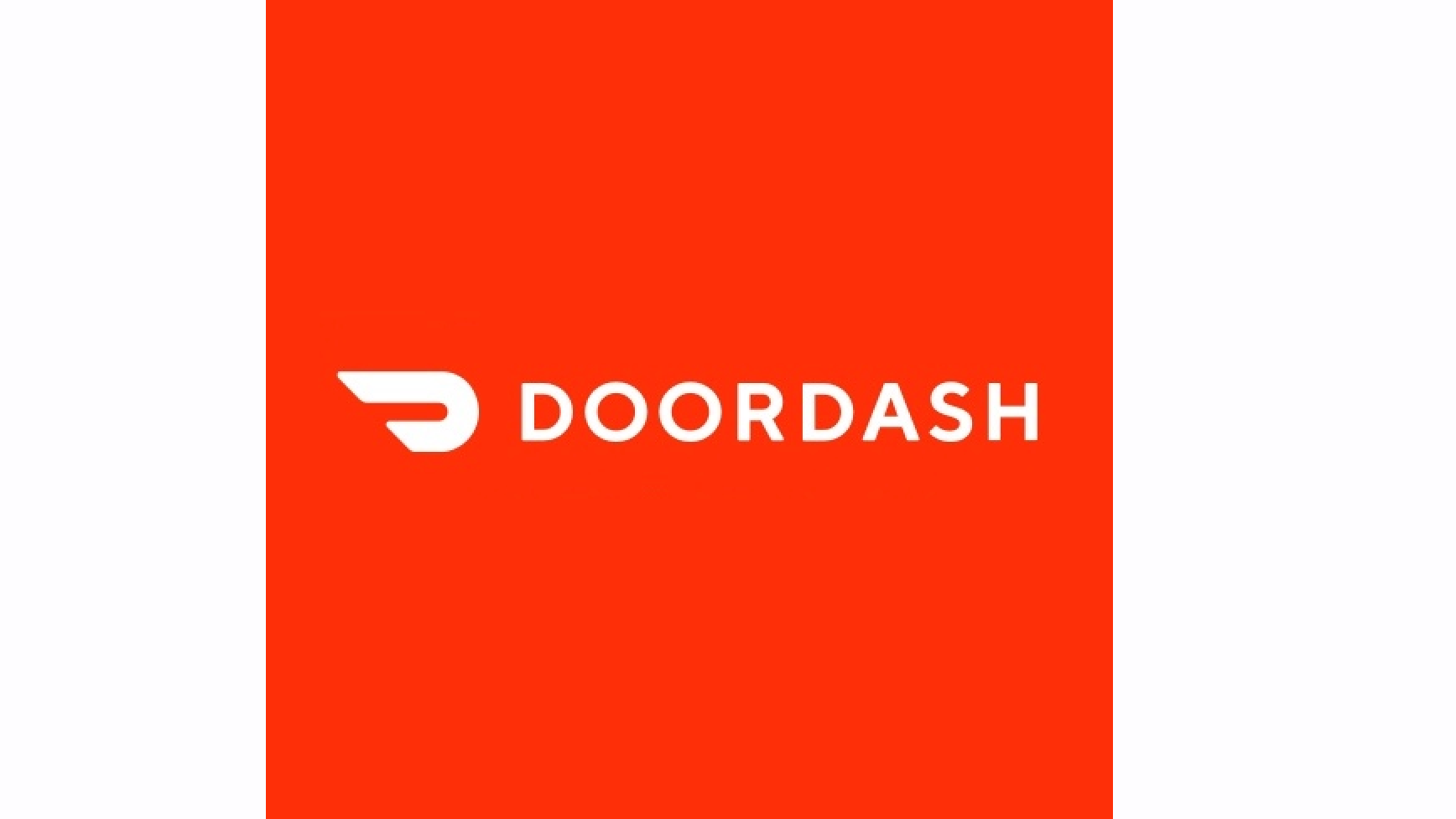
Thus, M2M communication is expected to pave new growth avenues for the market for smart home appliances. In addition to this, data generated by unprotected wearables and smart appliances provide cyber attackers with an ample amount of targeted personal information that can potentially be exploited for fraudulent transactions and identify theft. Smart device hijacking can potentially put the safety of an entire household in jeopardy.
Product Outlook (Revenue, USD Billion; 2019–
They cited safety and security , saving energy , and making day-to-day life easy and convenient as the top three benefits. There is an opportunity for homeowners to consider smart home technologies as a way to help with home maintenance; many of them can protect homes and prevent situations that can result in costly repairs, such as burst pipes or water leaks. The pandemic disrupted operational efficiency and affected the value chains due to the rash closure of international and national boundaries leading to damage and revenue loss.
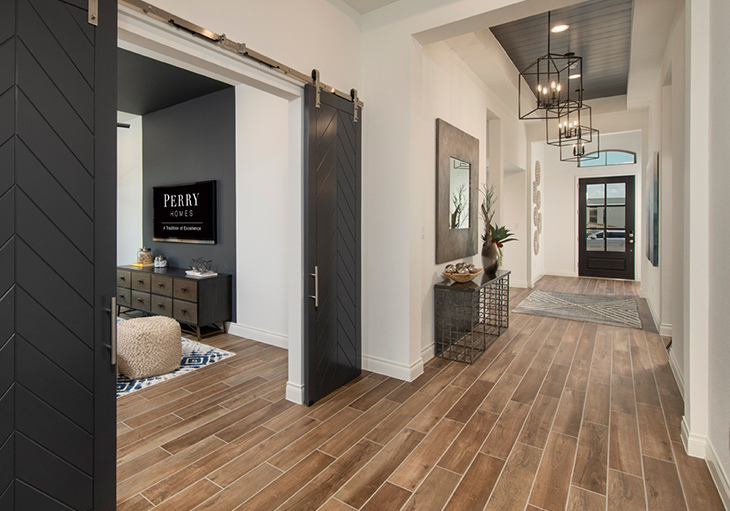
Security and access control systems have become an integral part of the safety and security of home occupants. These systems have revolutionized home security and removed human intervention. These are installed to increase the security level, monitor activities, and keep records of people entering and exiting the building. Homeowners are investing in reliable and robust security systems for safeguarding their homes.
In fact, the smart home will soon become but one unit in the smart city, which is expected to bring advances in healthcare, public services, transportation, and utilities. The market is currently more concentrated towards luxury smart devices, but more and more systems and platforms are coming on stream to address the basic needs of users. The smart homes market is highly competitive and consists of several major players.
For instance, In August 2021, Schneider Electric and Livspace, home interiors and renovation platform, announced a partnership. This alliance will use Schneider Electric's superior home automation technology and Livspace's interior design experience to revolutionize the Indian home interiors market. According to a report from the US National Academy of Sciences , the first decade of the 21st century was 0.8°C (1.4°F) warmer than the first decade of the 20th century.
The region’s market growth is due to the improved standard of living and increased disposable income among individuals in the region. Rapid penetration of smartphones, the internet, and other digitally advanced equipment is expected to drive the market in the region. Furthermore, the trend of using AI-based digital assistance for daily tasks, such as Siri and Alexa, significantly impacts market growth. The demand for home security systems is driven by the increasing adoption of smart homes, where smart security systems are integral.
Dear MarketsandMarkets Team, I am a student and in one subject we have to generate business model for a start-up idea for active assisted living. Thus, we also have to come up with a market analysis and I think that the reports could be used as a reliable source because of your expertise. Since I am a student, I cannot buy all the reports I would like to have, therefore I only can ask you if you would be so kind to offer me this report. Just looking for projected market size to calculate building industry growth for a school assignment. I am an MBA student and as part of my final project I am researching the smart home and smart home security industry.
However, high cost of procurement and hesitance of consumers incorporating smart tech is the biggest hindrance for the market growth. Rising need for energy-saving and solutions that reduce carbon emissions is driving market revenue growth. Traditional electrical equipment and systems are not particularly environmentally friendly.

The Global Smart home market is projected to USD 138.9 billion by 2026, growing at a CAGR of 10.4% during the forecast period. This report helps to analyze market share, size, production, and sales volume. The lockdown posed a significant challenge for the Smart Home Insurance company. The COVID-19 recession is an economic downturn that is affecting the entire world economy Smart Home Insurance markets experienced their worst crash. This report on the Smart Home Insurance market discusses the causes of a slowing market or the growth from its recovery to assist vendors in taking a calculated approach. It is critical to study and comprehend these causes during COVID because they influence the growth of the Smart Home Insurance market.
These controllers can be operated directly, without external communication protocols and connectivity. The convenience offered by smart home devices is expected to drive the growth of the smart home market. Users have remote access to systems such as heating and cooling, intercoms, music, and multimedia devices throughout the home. Video intercoms make it easy to connect with people in the house or visitors at the door, thanks to integrated hard drives that allow homeowners to see video or listen to audio in any area. If the homeowners are away on vacation, they can utilize IoT applications' viewing at a distance function to turn lights on or off to make it appear as if the house is occupied. The thermostat might be controlled remotely by the absent homeowner, ensuring that the house is at a pleasant temperature when they return.
17% of consumers said that the main reason they use smart devices is to monitor their homes while they’re away. 46% of homeowners want their current or future homes to have smart devices installed . What new products & solutions are entering new markets such as mobile & connected products and solutions, connected home, IOT, and how is the market responding. Some of these offerings currently provide mobile solutions while others do not. We provide an understanding of the current market and market potential for both non-mobile and mobile offerings for home network products and services. On the other hand, some prospective users are skeptical of smart home technology, fearing that it will cause them to become lazy over time.
